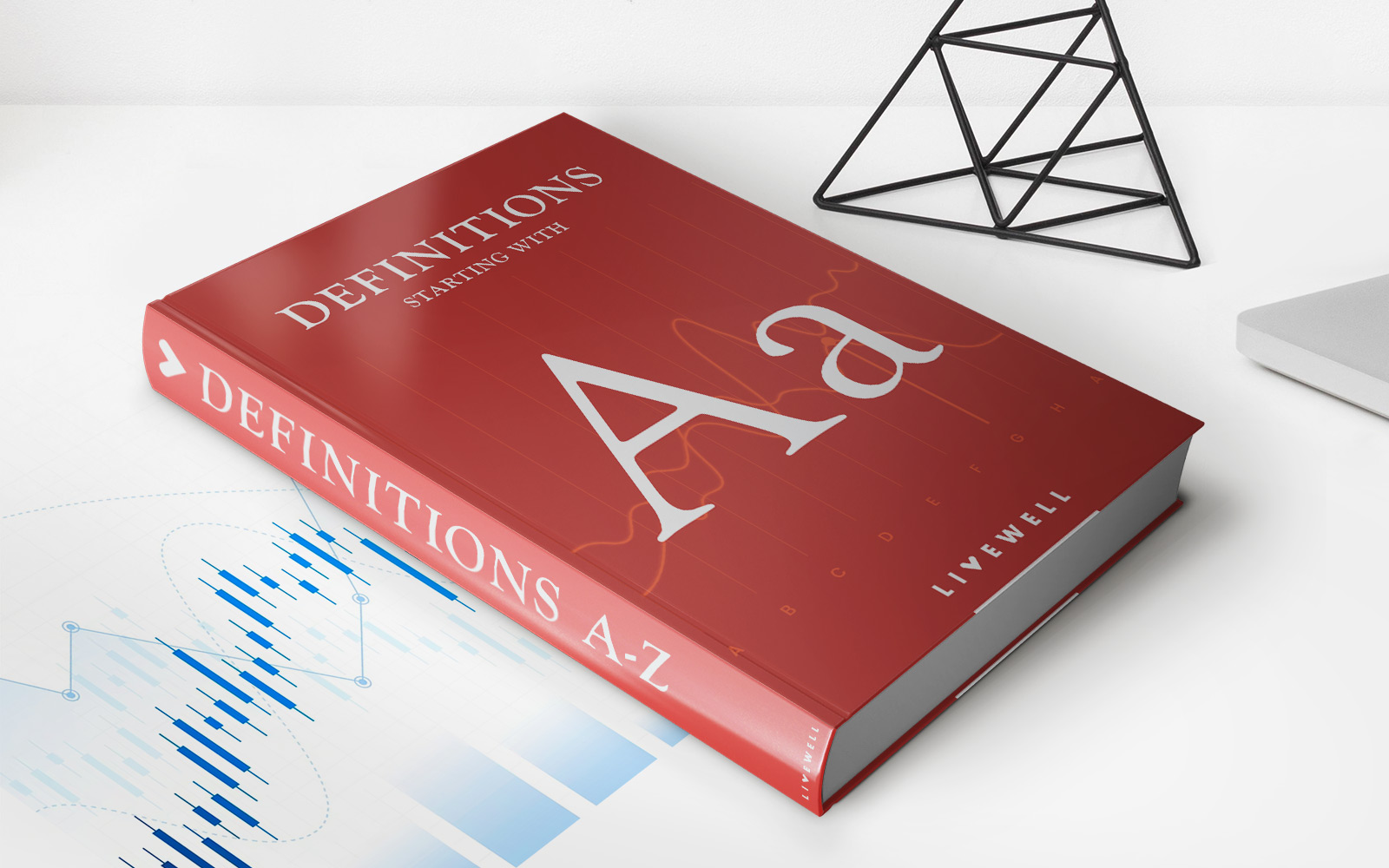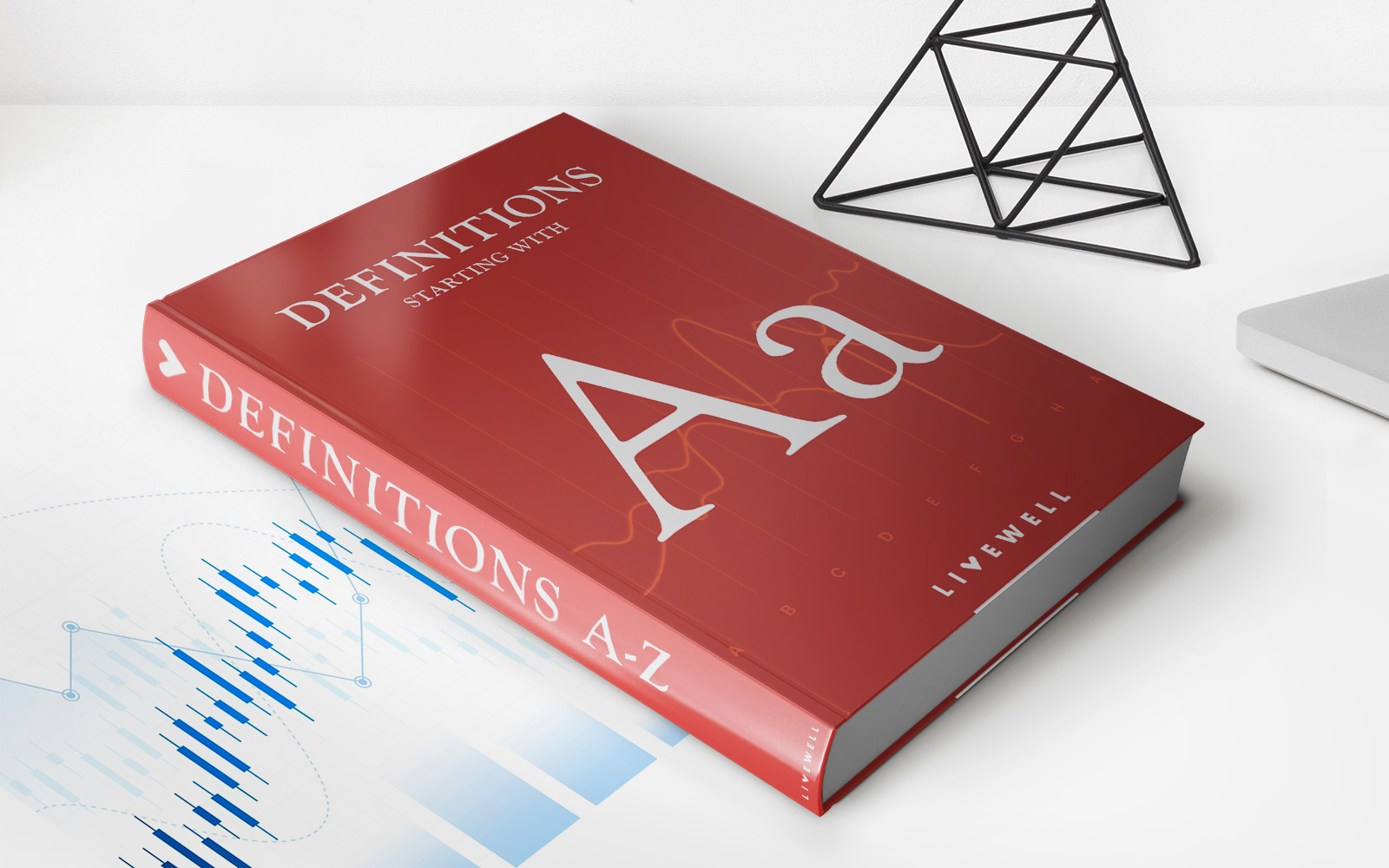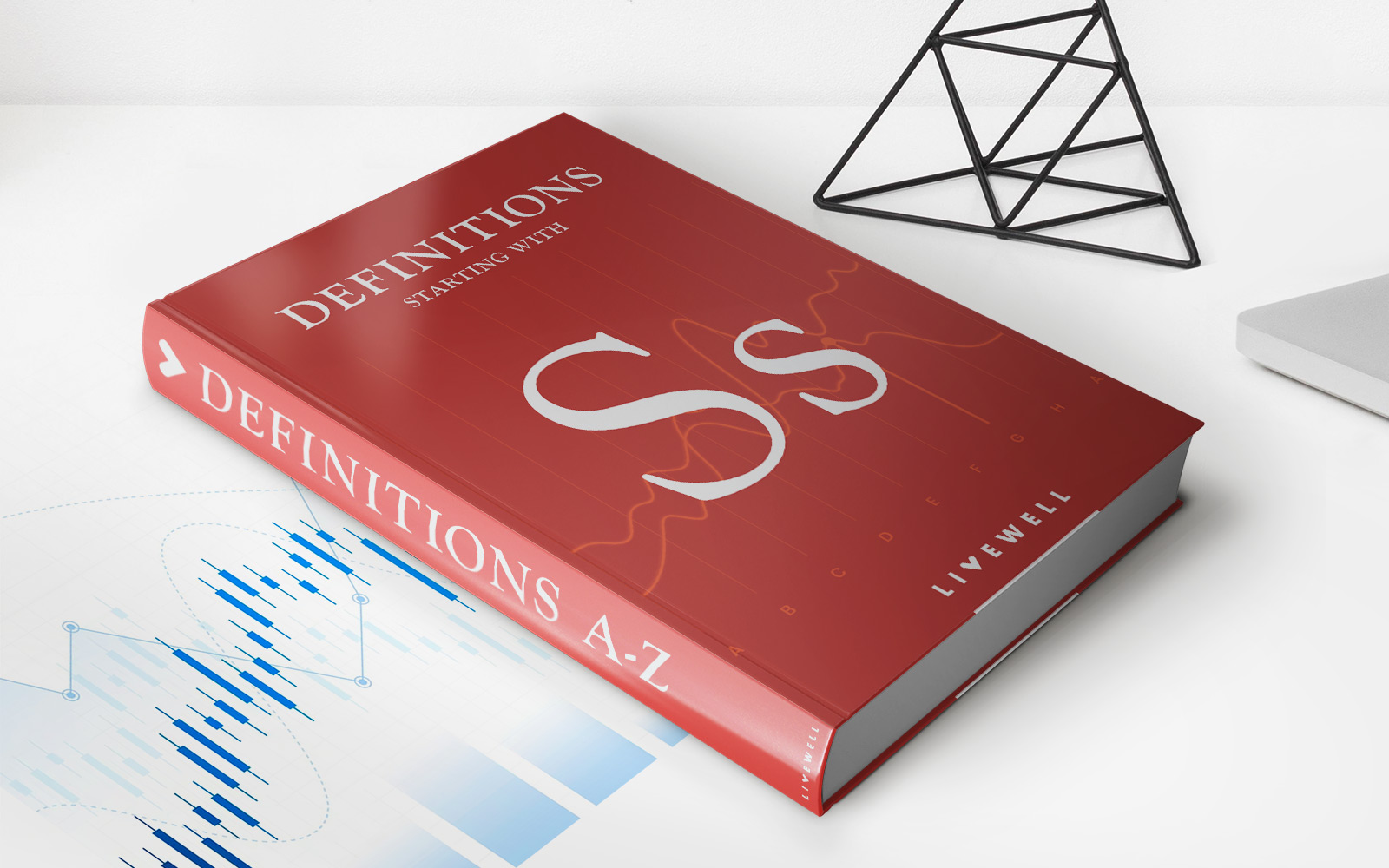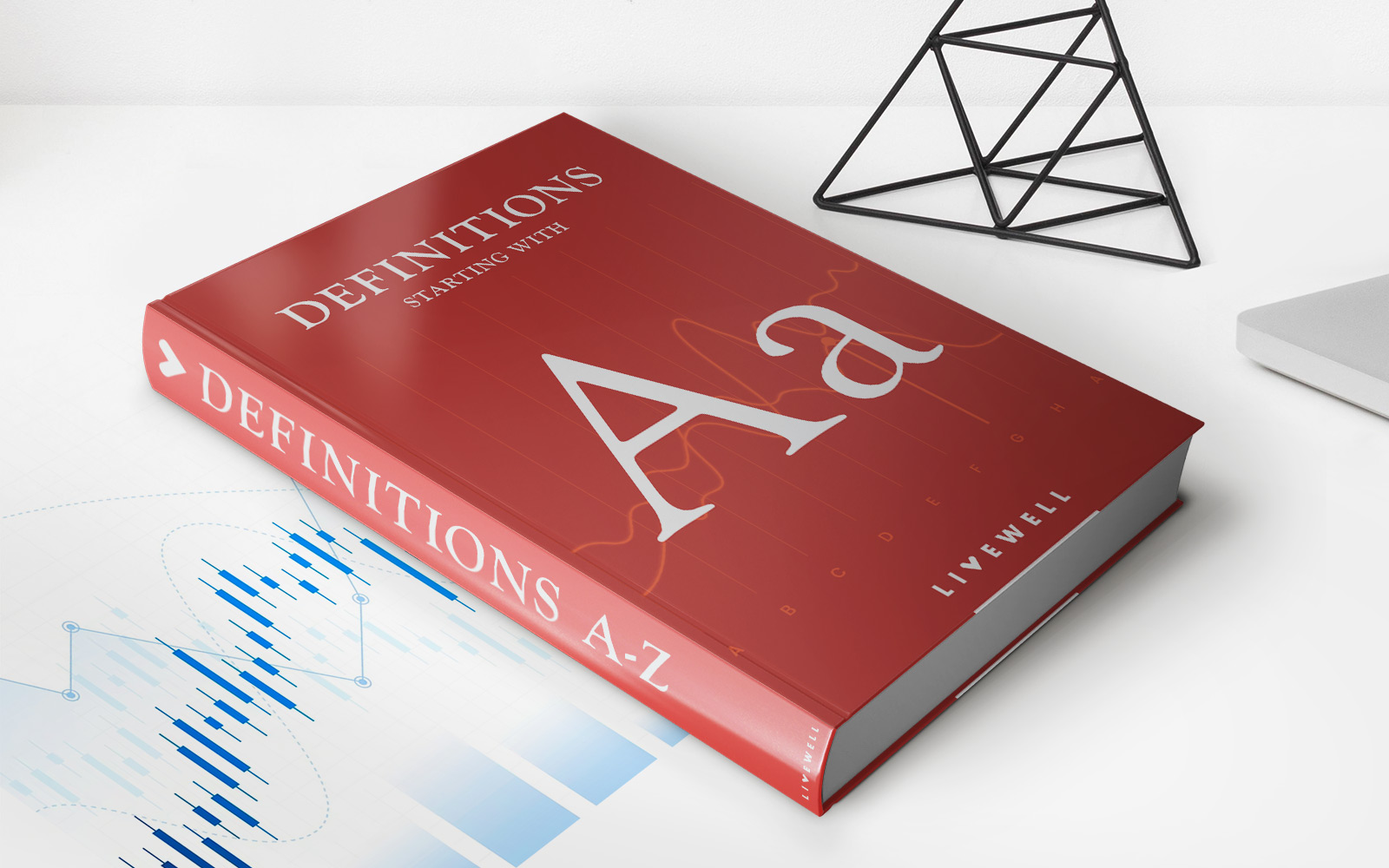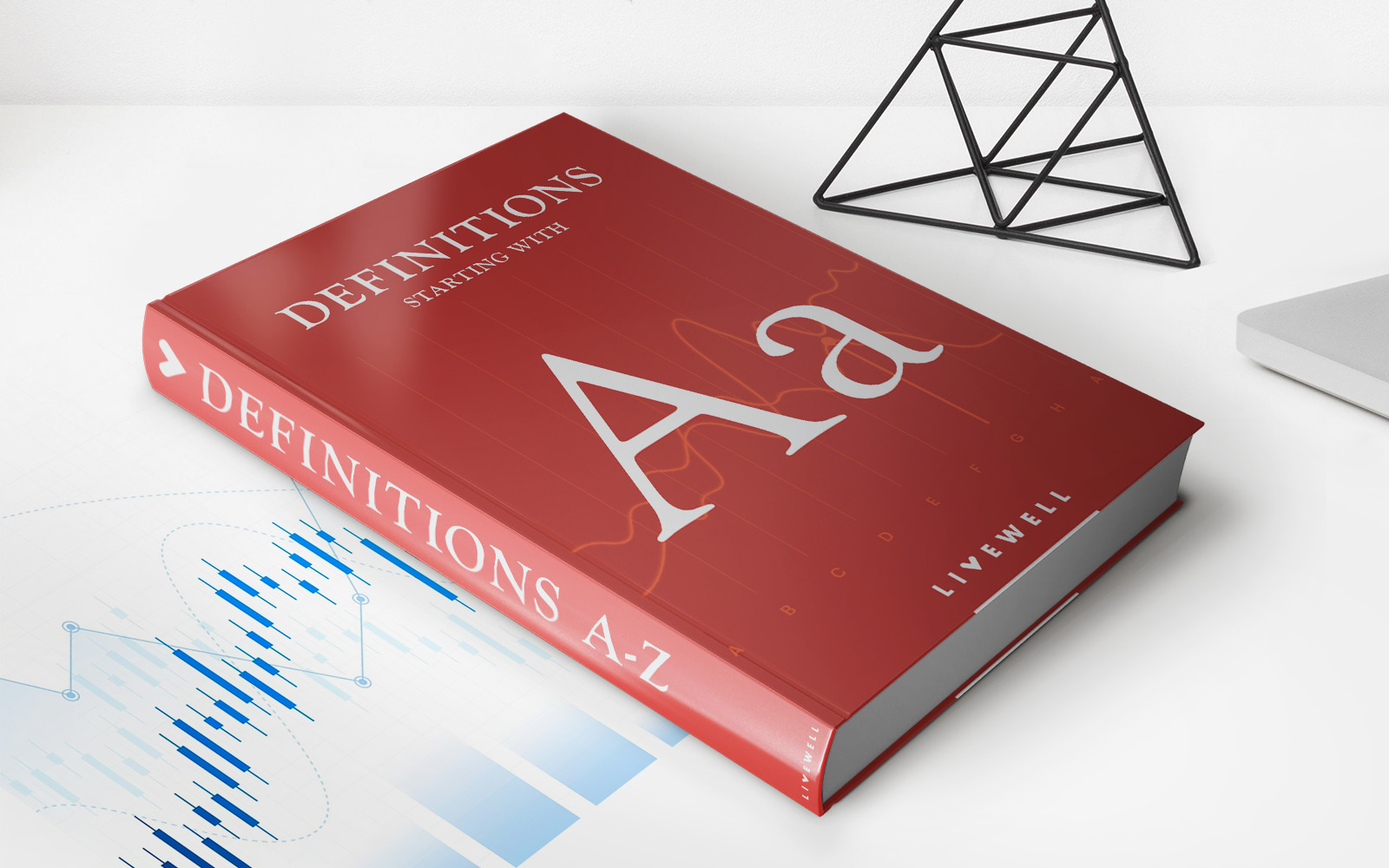

Finance
Floor Planning: Definition, In Auto Sales
Published: November 25, 2023
Learn about floor planning in auto sales and how it relates to finance. Discover the definition and importance of floor planning for financing vehicles.
(Many of the links in this article redirect to a specific reviewed product. Your purchase of these products through affiliate links helps to generate commission for LiveWell, at no extra cost. Learn more)
What is Floor Planning in Auto Sales?
When it comes to the world of auto sales, there are various financing options available to both dealerships and customers. Floor planning is one such financial strategy that is widely used in the automotive industry. But what exactly does floor planning mean?
In simple terms, floor planning refers to a line of credit that is extended to auto dealerships to help them finance their inventory. It allows dealerships to purchase vehicles from manufacturers or auctions without having to pay the full purchase price upfront. Instead, they can use the floor planning line of credit to pay for the vehicles, with interest accumulating on the amount borrowed.
Key Takeaways:
- Floor planning is a financial strategy used by auto dealerships to fund their inventory.
- It provides a line of credit that allows dealerships to purchase vehicles without paying the full purchase price upfront.
So how does floor planning work? Let’s break it down into simple steps:
- Inventory Purchase: The dealership selects the vehicles it wants to purchase from manufacturers or auctions.
- Line of Credit: The dealership uses its floor planning agreement to secure a line of credit from a floor plan provider, such as a bank or a specialized financing company.
- Funding the Inventory: The dealership uses the line of credit to pay for the purchased vehicles, reimbursing the manufacturer or auction for the inventory.
- Payment Terms: Interest starts to accumulate on the outstanding balance of the line of credit, and the dealership typically has a set period of time, known as the reimbursement period, to sell the vehicles and repay the borrowed amount.
- Profit Generation: As the dealership sells the vehicles, it generates revenue that can be used to pay down the line of credit and cover other business expenses.
One of the main benefits of floor planning for auto dealerships is that it helps them manage their cash flow. Instead of tying up their capital in inventory, dealerships can utilize the line of credit to invest in other areas of their business, such as marketing or facility upgrades. Additionally, by having a revolving line of credit, dealerships can respond quickly to market demands and replenish their inventory without delays.
It’s important to note that floor planning comes with interest costs, which means dealerships must carefully manage their inventory turnover to avoid excessive interest charges. However, if used wisely and strategically, floor planning can be a valuable tool for auto dealerships to optimize their financial operations and drive business growth.
In conclusion, floor planning is a financial strategy that provides auto dealerships with a line of credit to finance their inventory. It allows them to purchase vehicles without paying the full purchase price upfront, helping them manage their cash flow and respond efficiently to market demands. By understanding the concept of floor planning, auto dealerships can make informed decisions on how to best utilize this financial tool to drive their business forward.

